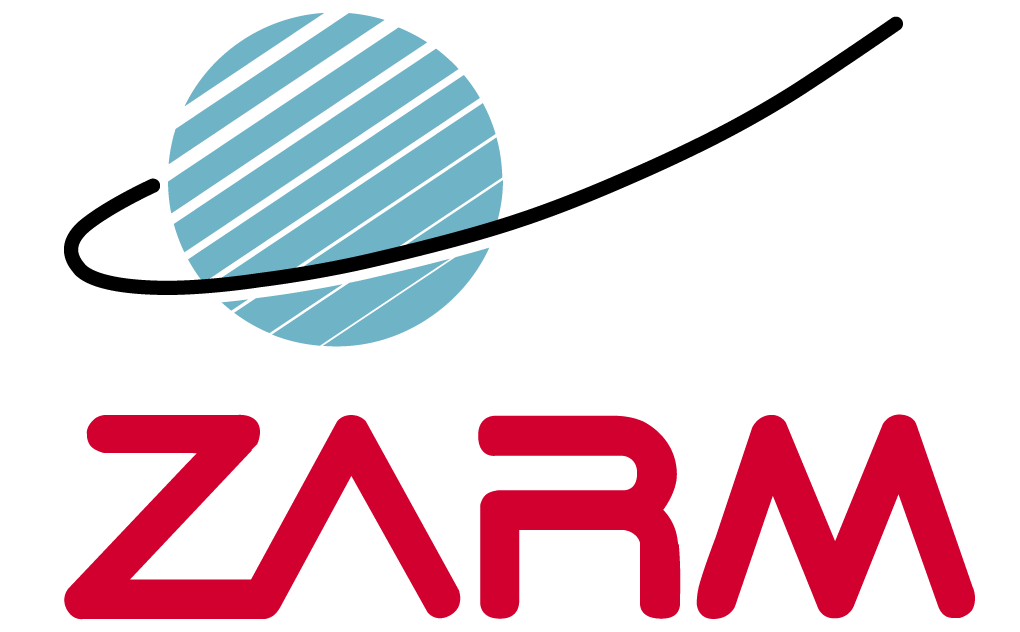Quantum Technologies
ABOUT OUR RESEARCH
The Quantum Technologies group offers a unique combination of expertise in space systems engineering and design and operation of quantum sensors. The group focuses on the development of quantum sensors and payloads for terrestrial and space applications. This includes development and maturing of enabling technologies for these sensors or payloads.
Moreover the team develops advanced simulation techniques as well as test and integration facilities to aid the design, integration and test of quantum and space systems in general.
Our fields of research
- Quantum Sensors for Space and Terrestrical applications
- Quantum Metrology for frequencies and pressures
- Development and AIVT for scientific payloads for quantum experiments in Space
- Maturing of enabling technologies for quantum applications
- Advanced FEM-based simulation tools to support development of quantum technologies, sensors and payloads
- Test facilities to support development of space and quantum technologies and systems
CONTACT
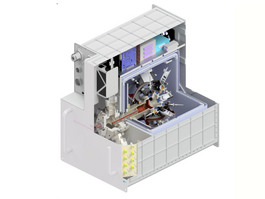
Multi-User Facility for Experiments with Cold Atoms onboard the ISS (BECCAL)
The Bose-Einstein Condensate and Cold Atom Laboratory (BECCAL) is a high precision quantum optics experiment designed for operation on the ISS. As a bilateral collaboration established between NASA and DLR, BECCAL depicts an important milestone for the international cooperation of fundamental science for cold atoms in space. The apparatus is a multi-user and multi-purpose facility for the study of Bose-Einstein Condensation and atom interferometry among other quantum technology fields.
In earth-bound experiments, the trapping potential deforms and released atoms accelerate with the gravitational force, which limits the capabilities of e.g. atom interferometry. The International Space Station (ISS) offers experiments unlimited time of microgravity, setting up an opportunity to investigate ultra-cold atoms with unmatched free evolution time. With BECCAL, free falling ultracold atoms offer high resolutions for measurements of inertial forces e.g. for the equivalence principle.
Thus, promising new science results and findings are expected and the hardware depicts the next step for quantum sensors in space. The ZARM is responsible for the ultrahigh vacuum system, the structural and thermal design as well as the systems engineering of the ambitious project.
This project is currently funded by the DLR Institute of Quantum Technologies and a cooperation with Leibniz University Hannover, Humboldt-Universitat zu Berlin, Johannes Gutenberg-Universitat Mainz, Universitat Ulm, Universitat Hamburg, Ferdinand-Braun-Institut Berlin and the German Aerospace Center (DLR).
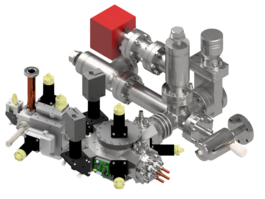
Development of a Cold Atom Pressure Sensor and Standard (QVAC)
The goal of the QVac project is to develop a sensor for measuring pressures in the ultra-high vacuum range. For this purpose, cold atoms are held in a magnetic trap inside a vacuum chamber. The loss or loss rate of the trapped atoms can to a very large extent be attributed to collisions with the background gas. Thus, taking into account other loss mechanisms, it is possible to directly deduce the density of the background gas from the loss rate. This method is based on invariable parameters that describe the collision between the sensor atom and the background gas, so that a sensor based on this method does not require any external calibration and is therefore suitable as a primary standard.
In the scope of the QVac project, a sensor based on cold rubidium and potassium atoms is designed, integrated and tested over the course of three years. QVac is a collaboration between ZARM and the Physikalisch-Technische Bundesanstalt (PTB). At the end of the project, the developed sensor will be validated against the PTB's primary standard. The project is funded by the Ministry of Education and Research (grant number: 13N16745)
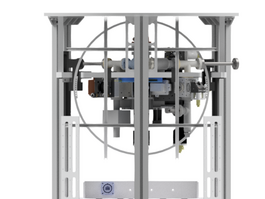
Development of hybrid Quantum Inertial Sensors for Space (HyQIS)
In the HyQIS project (Development of relevant technologies of hybrid quantum-based inertial sensors for navigation applications under space conditions), a hybrid sensor is being developed that can measure accelerations in three axes in order to realise an inertial navigation system. The accelerations are measured on the one hand using atom interferometry and on the other hand using classical inertial sensors. The measurement by means of atomic interferometry represents an absolute measurement of the acceleration and makes it possible to compensate for the drift of the classic inertial sensors, which perform a relative measurement of the acceleration.
The measurement of acceleration using atomic interferometry is realised with cold rubidium atoms, which are cooled a few µK above absolute zero using lasers and magnetic fields. As part of the HyQIS project, key technologies for the use of atomic interferometers in space and outside the controlled laboratory environment are being further developed. ZARM is supported by ZARM Technik AG, the University of Ulm and the Ferdinand Braun Institute for High Frequency Technology. The project is funded by DLR RFA with funds from the BMWK under grant number 50WM2262A.
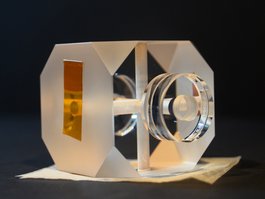
Optical Frequency Stabilization and Determination for Space Applications (Terra Q)
Metrology applications, both terrestrial and in space, are taking increasing advantage of modern quantum optical technologies to measure distances, height differences, or time. However, all these applications are based on the fact that the frequency of the light, in these cases a laser, is stable. To generate frequency-stable lasers, so-called frequency references are required, in which a laser is stabilized to a reference. The group studies different approaches for frequency stabilization and new technologies for frequency determination are being developed. The focus is on so-called “hybrid” approaches that combine relative optical cavity references with absolute references.
This work is part of the project B04 "Advancing Inter-Spacecraft Laser Interferometry" of the CRC 1464: TerraQ – Relativistic and Quantum-based Geodesy funded by DFG. More information on the CRC and the project can be found here.
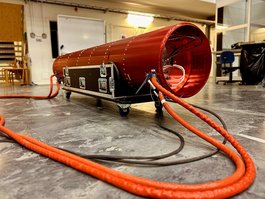
Dual Species Interferometry on a Sounding Rocket (QUANTUS IV – MAIUS)
The main objective of the QUANTUS IV – MAIUS project is the generation of Rubidium and Potassium Bose-Einstein Condensates (BECs) and performing dual-species atom-interferometry aboard a sounding rocket and in the Einstein-Elevator in Hannover. The project is a collaboration of the Leibniz University Hannover, Humboldt University Berlin, Ferdinand-Braun Institute Berlin, Johannes Gutenberg University Mainz, German Aerospace Center Brunswick and the ZARM. It is funded by the German Space Agency (DLR) with funds provided by the Federal Ministry of Economics and Technology (BMWi) under grant number DLR 50WP1435.
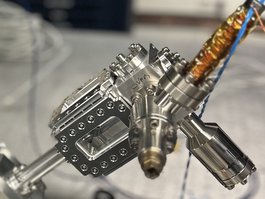
Enabling Technologies for Quantum Systems
Quantum technologies are used for more and more applications in space and on earth. All these applications require enabling technologies. The focus of the activities is on the development of compact and ruggadized vacuum systems as well as sources to provide alkali metals for quantum sensors. Furthermore electronics are developed to simplify and compactify the experiment control.
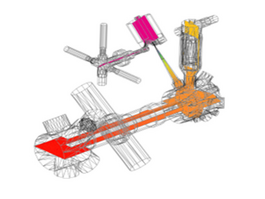
Advanced Simulation Techniques related to Quantum Applications
Quantum Experiments are very sensitive to environmental conditions. The experiments require ultra-high vacuum to avoid interaction with the background gas and are sensitive to magnetic fields, mechanical loads and temperature changes. When implementing payloads for space the quantum technologies group developed simulation tools to support the design process. This includes advanced tools for modeling the vacuum quality in a vacuum system considering wall temperatures or the impact of temperature fields on the atoms through black body radiation.
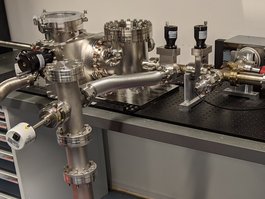
Test and Integration Facilities for Space and Quantum Technologies
The group established facilities to aid integration of quantum sensors. This includes ISO 5 cleanroom with possibilities for baking vacuum systems or a glove box for integration of systems under controlled atmosphere. Moreover test facilities were established. An outgassing testbed allows to determine outgassing rates and composition for assemblies to be used under vacuum. A testbed for determination of leakage rates under mechanical loads (static and vibrational) allows to test vacuum systems under launch loads.
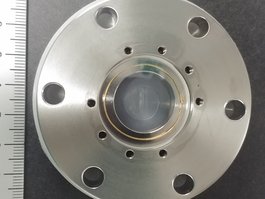
Student Project Development of Enabling Technologies for Quantum Sensors (QTech)
QTech is a reoccurring student project studying fundamentals and recent developments for quantum technologies. Depending on the dedicated topic, different enabling technologies, developments of quantum sensors and frequency references are studied. The participants will work on hard- and software components. Examples for student topics in the past are the investigation on optical viewport implementation using bonding technologies and a software development for automated control of a magneto-optical trap experiment.
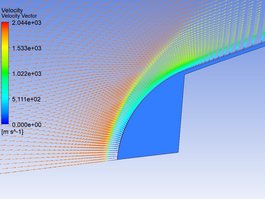
Student Project on Simulation of Space Systems (S4)
In this project students shall implement new simulation approaches for the design of space systems. The project is building on the foundations set in a lecture on FEM simulations for space systems in the "Space Engineering Master". In the current project phase the focus is on a simulation of the hypersonic ascent of a sounding rocket with CFD.
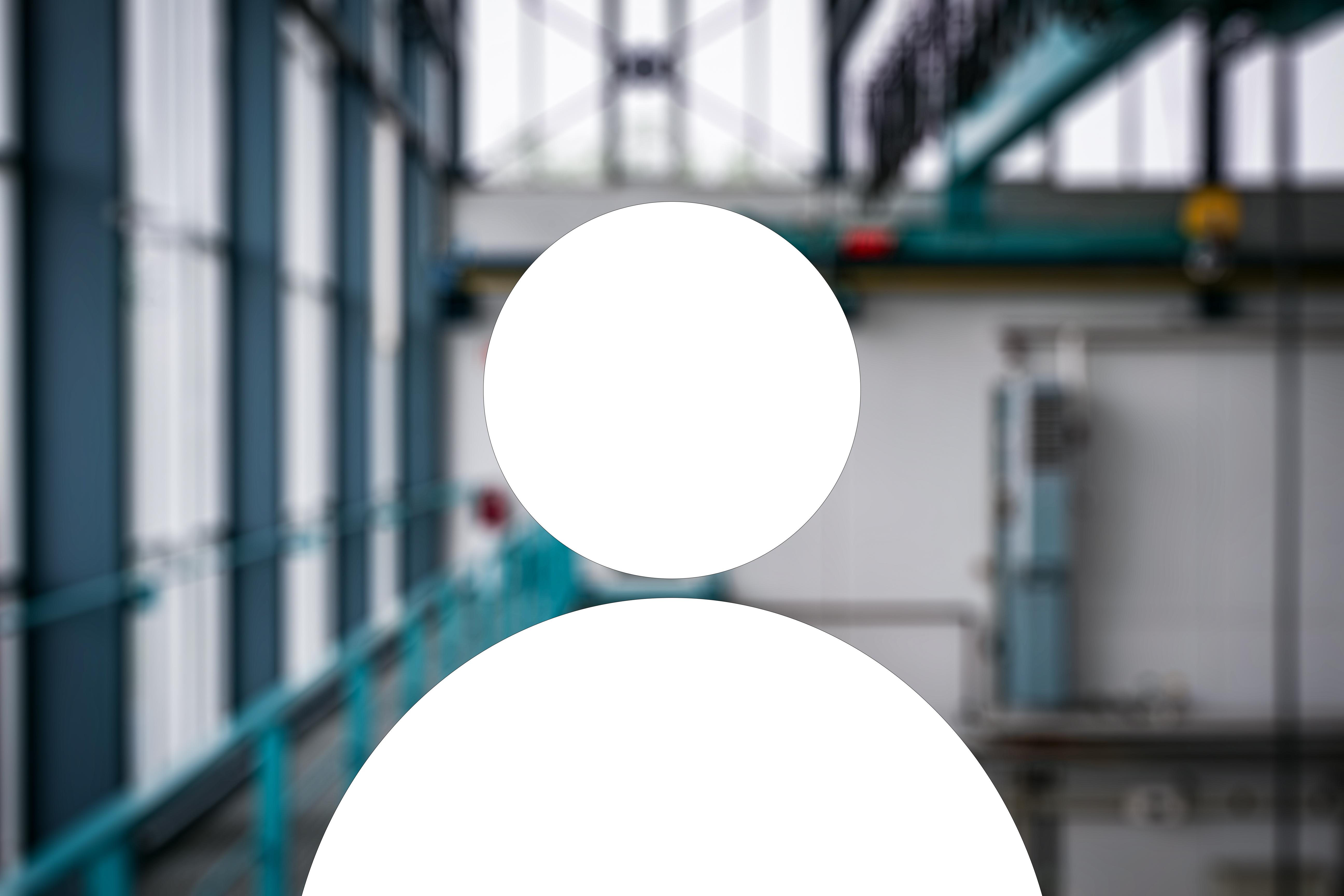
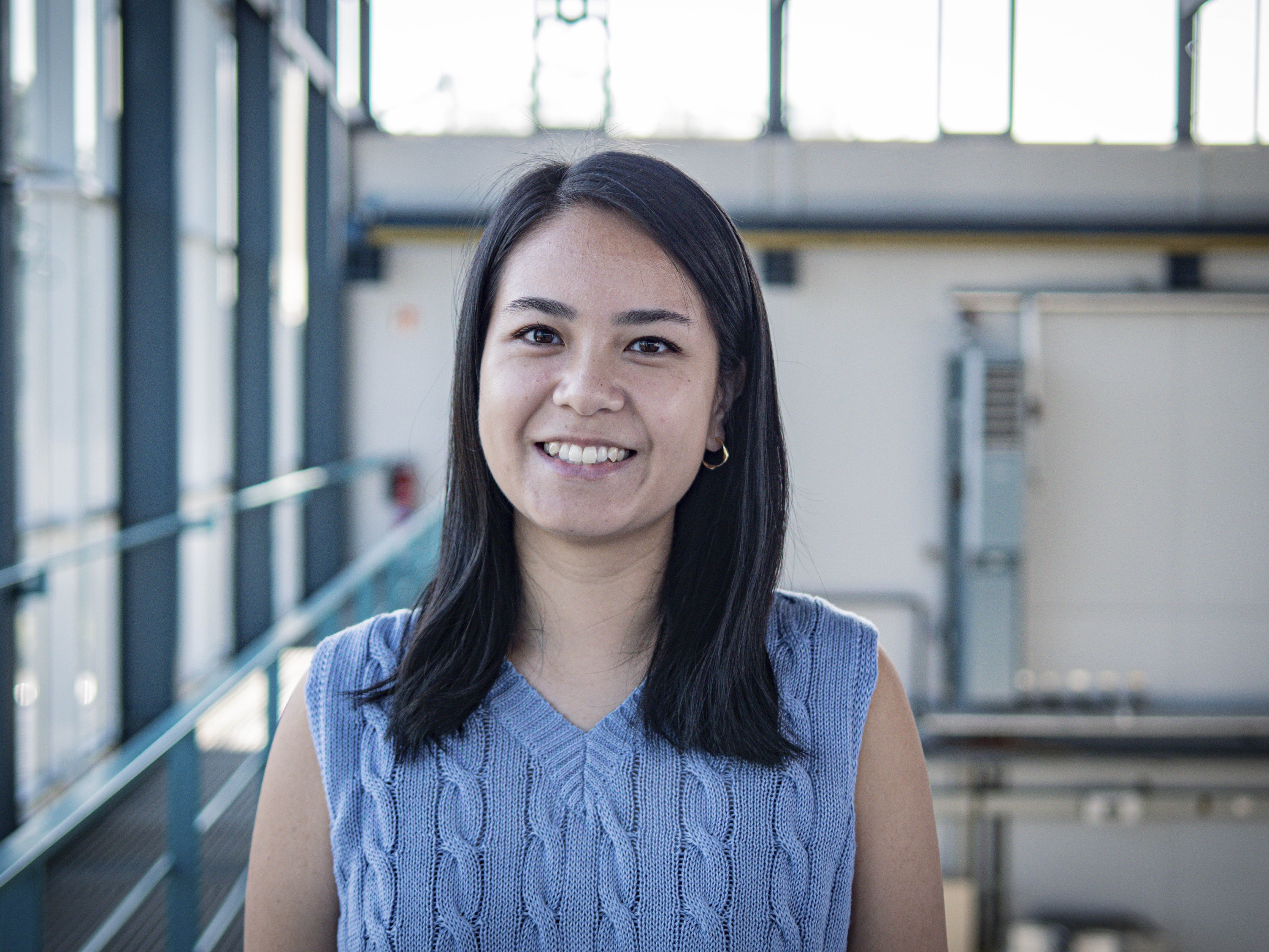
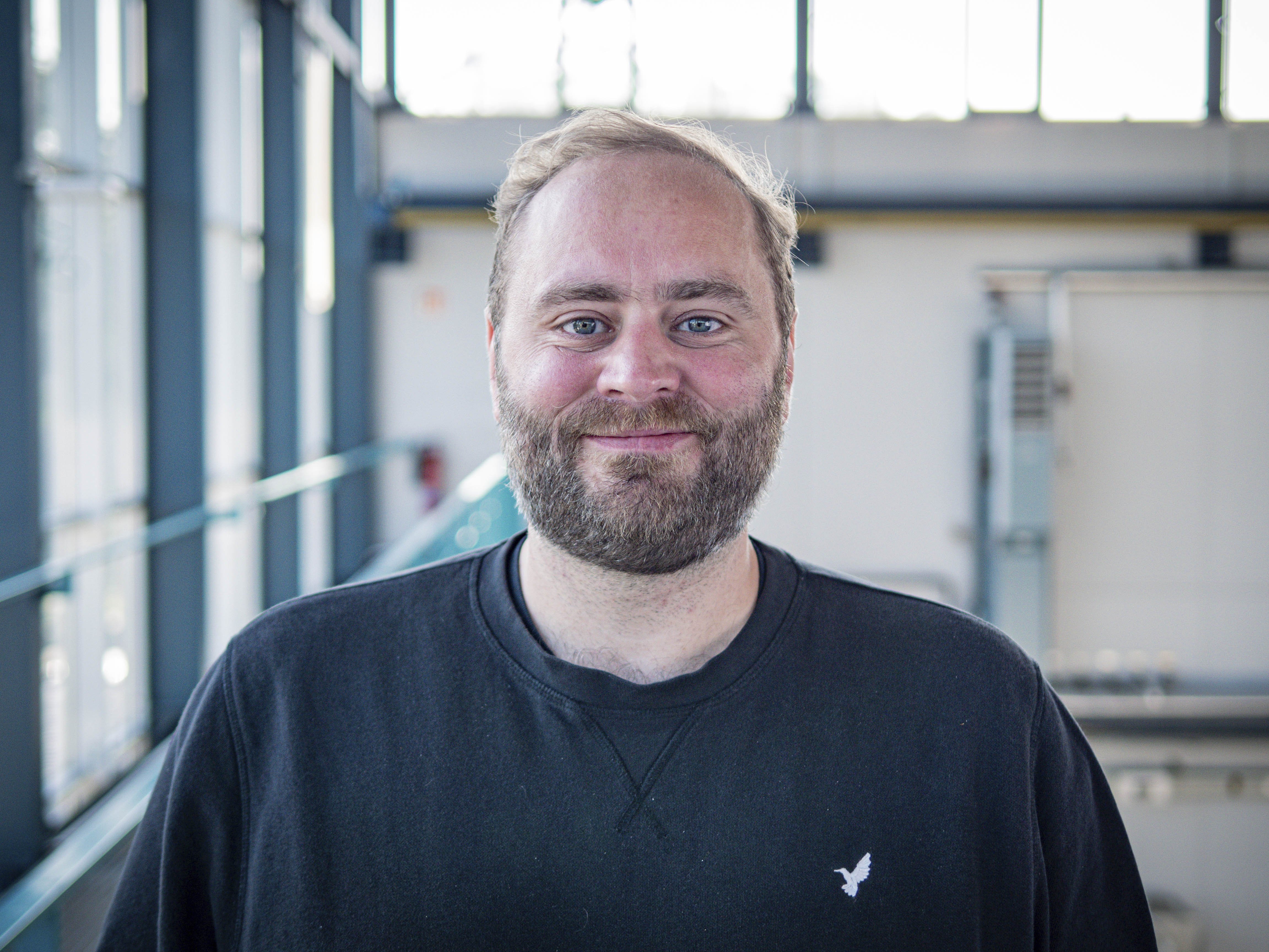
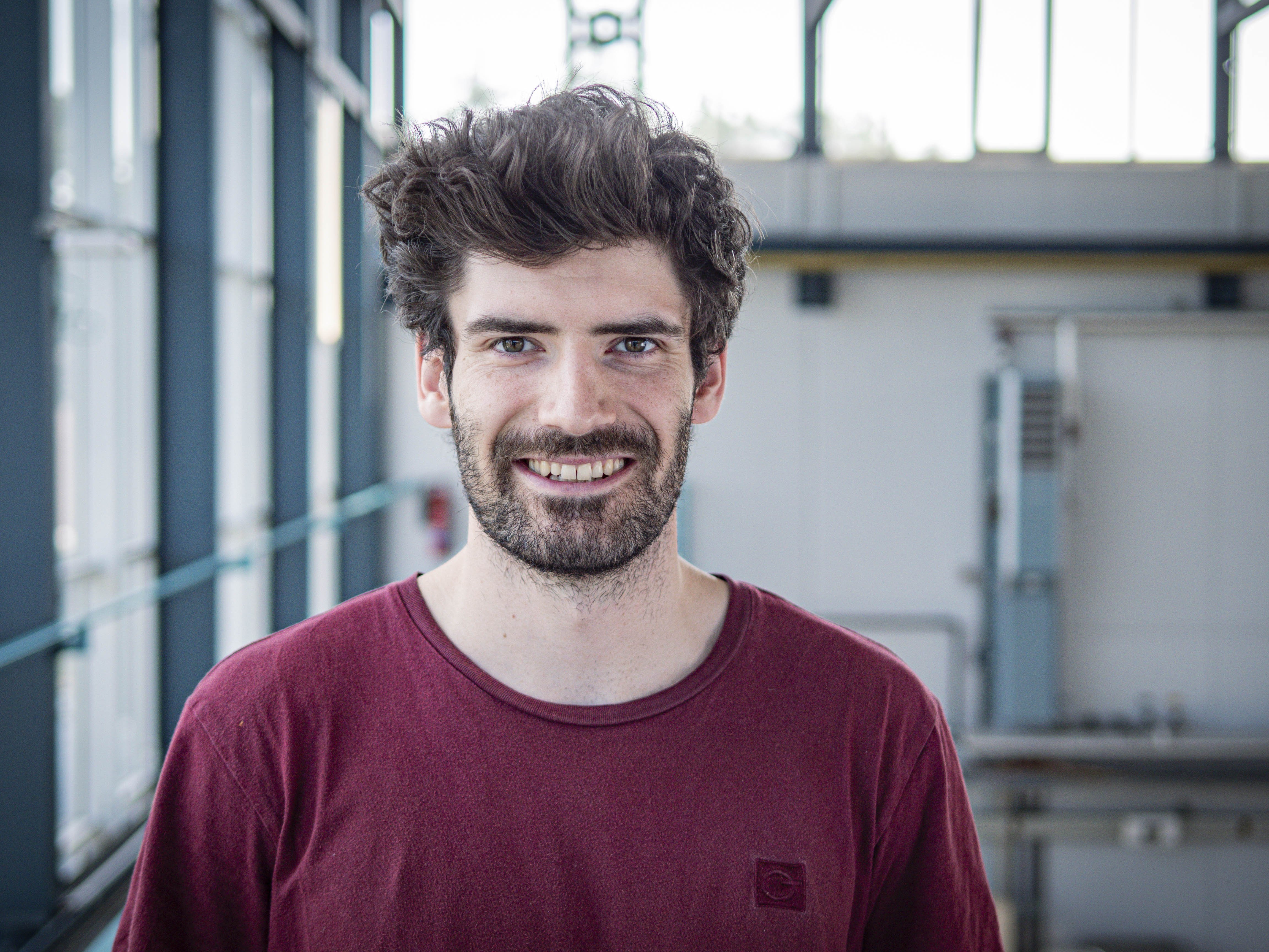
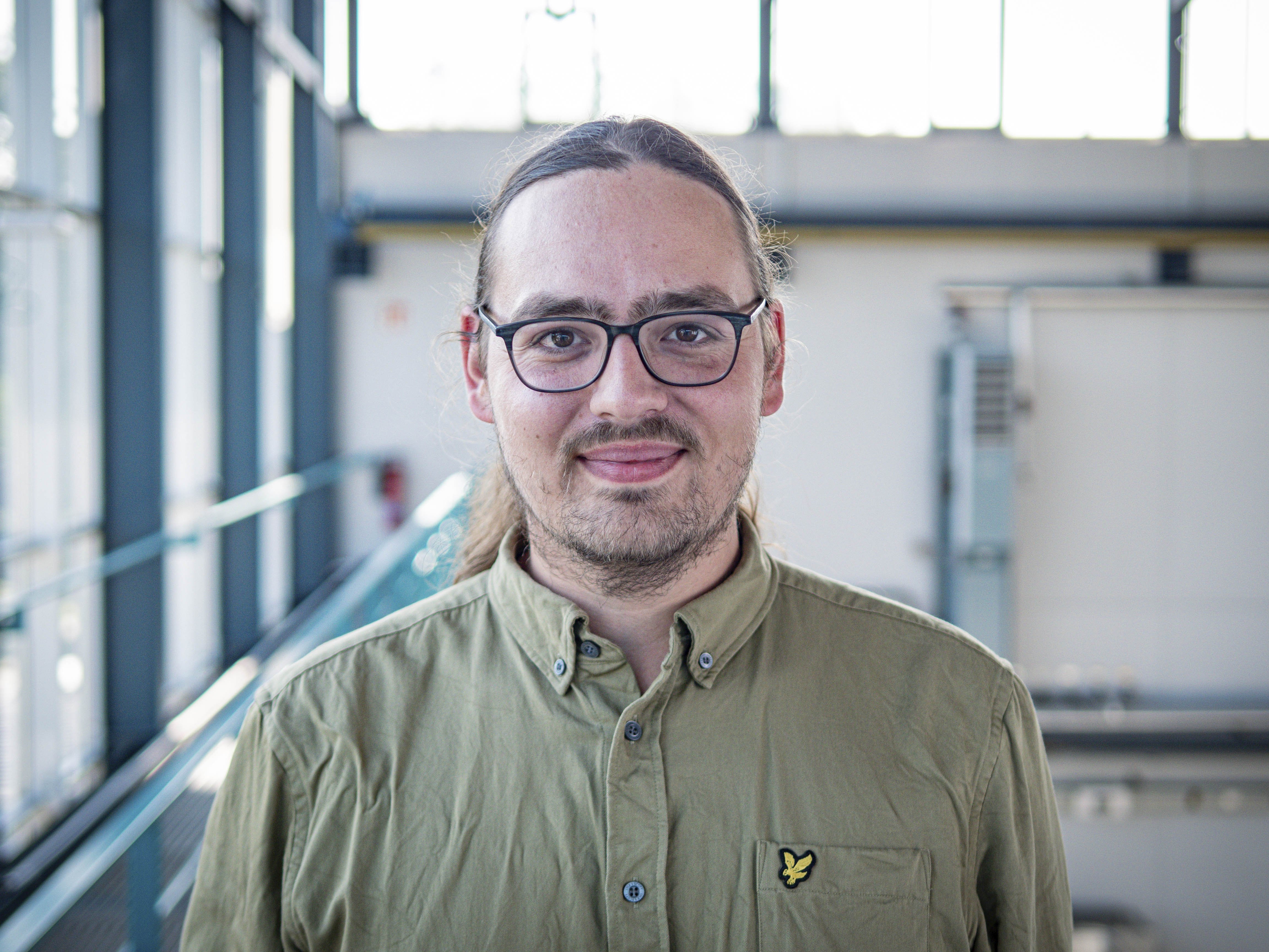


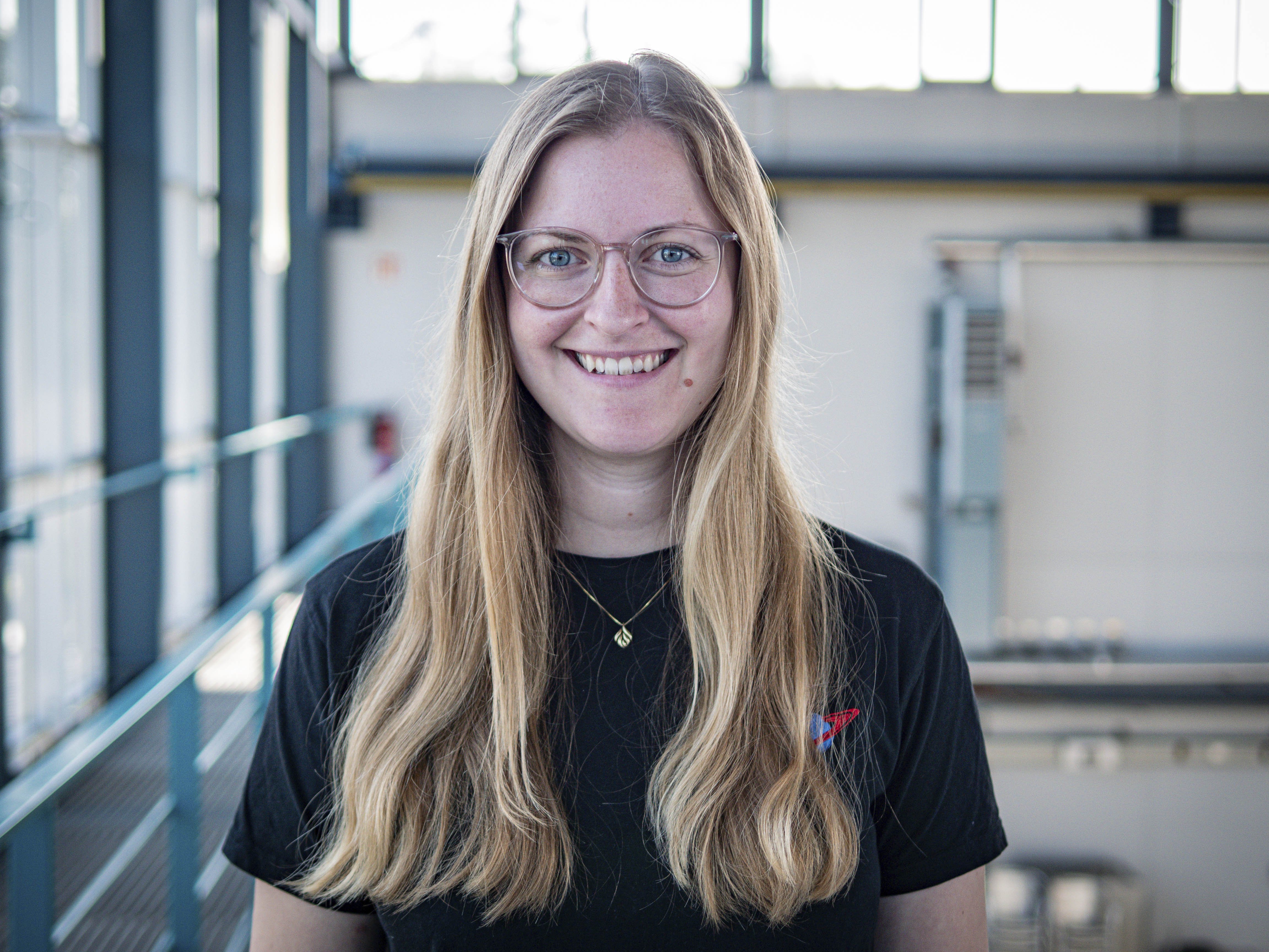




The list below shows the latest 25 publications of this research group. For the complete, searchable list of ZARM publications, please click more
2018
On the design of BECCAL—a quantum optics experiment aboard the ISS
Proceedings of the International Astronautical Congress, IAC
2018
Secamp-student experiments with cold atoms on micro-and hypergravity platforms
Proceedings of the International Astronautical Congress, IAC
2018
Space-borne Bose—Einstein condensation for precision interferometry
Nature, 562 (7727) :391—395
2018
Publisher: Nature Publishing Group
Thermal Design of a Quantum Optics Experiment aboard the ISS
, 42nd COSPAR Scientific AssemblyVolume42
2018
2017
A compact diode laser system for atom interferometry on a sounding rocket
2017
Design of a compact diode laser system for dualspecies atom interferometry with rubidium and potassium in space
Conference on Lasers and Electro-Optics/Pacific Rim, Page s2346
Optical Society of America
2017
The MAIUS Sounding Rocket Missions—Recent Results, Lessons Learned and Future Activities
Proceedings of the International Astronautical Congress, IAC
2017
2016
A compact and robust diode laser system for atom interferometry on a sounding rocket
Applied Physics B, 122 :1—8
2016
Publisher: Springer Berlin Heidelberg
A three-layer magnetic shielding for the MAIUS-1 mission on a sounding rocket
Review of scientific Instruments, 87 (6)
2016
Publisher: AIP Publishing
Design and qualification of an UHV system for operation on sounding rockets
Journal of Vacuum Science & Technology A, 34 (3)
2016
Publisher: AIP Publishing
Thermal and mechanical design and simulation for the first high precision quantum optics experiment on a sounding rocket
Universität Bremen
2016
2015
DESIGN AND QUALIFICATION OF A XUHV SYSTEM FOR THE USE ON A SOUNDING ROCKET PAYLOAD
Proceedings of the 66th International Astronautical Congress
2015
Mechanical and thermal design and qualification of an atom interferometer sounding rocket payload
, 22nd ESA Symposium on European Rocket and Balloon Programmes and Related ResearchVolume730, Page 301
2015



